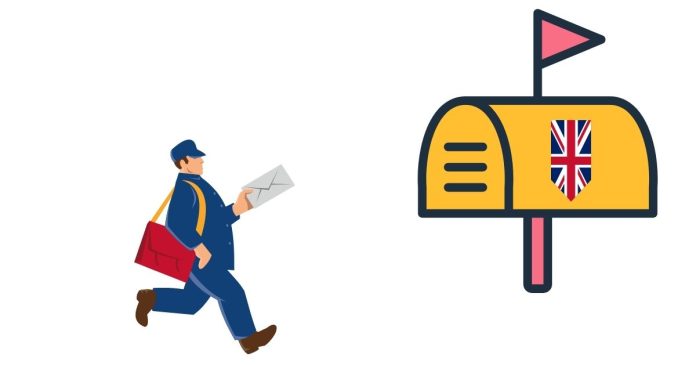1. London:
- SW1A 1AA (Buckingham Palace)
- SW1A is the postcode district, specifically for central London areas like Westminster.
- 1AA specifies a more precise location, in this case, Buckingham Palace, which has a unique postcode.
- EC2A 4AA (Old Street)
- EC stands for Eastern Central, indicating a central London location to the east.
- 2A indicates a specific district within that area (Old Street in this case).
- 4AA further refines the location.
- W1A 1AA (Oxford Street)
- W stands for West London.
- 1A is a specific district code, and 1AA narrows it to a particular building or area, such as Oxford Street.
2. Manchester:
- M1 1AE (Central Manchester)
- M is the postcode area for Manchester.
- 1 is the district within the Manchester city center.
- 1AE further pinpoints the location, in this case, central Manchester.
- M2 5DB (King Street)
- M2 indicates the central district of Manchester.
- 5DB specifies a location along King Street, which is a busy shopping and business area in the heart of the city.
3. Birmingham:
- B1 1AA (Birmingham City Centre)
- B is the postcode area for Birmingham.
- 1 is the district within the city center, indicating a central location.
- 1AA is used for specific locations within the city center, such as offices, businesses, or landmarks.
- B3 1RJ (Jewellery Quarter)
- B3 indicates a district in Birmingham, known for its historic Jewellery Quarter.
- 1RJ specifies a particular street or location within the B3 district.
4. Liverpool:
- L1 8JQ (Liverpool City Centre)
- L is the postcode area for Liverpool.
- 1 indicates the central area of the city, specifically the city center.
- 8JQ further narrows down the location, such as a street or specific building in the area.
- L2 2BJ (Waterloo Road)
- L2 covers a district near the waterfront, close to Liverpool’s city center.
- 2BJ is a further breakdown for a specific location on Waterloo Road.
5. Edinburgh:
- EH1 1BB (City Centre)
- EH is the postcode area for Edinburgh.
- 1 indicates the central district of Edinburgh.
- 1BB is a further refinement of the location within the city center.
- EH6 6SB (Leith)
- EH6 is for areas to the north of the city center, such as Leith, a former dock area that has undergone regeneration.
- 6SB specifies a particular location or street within that district.
6. Glasgow:
- G1 1XX (Glasgow City Centre)
- G is the postcode area for Glasgow.
- 1 covers the city center, a highly trafficked area for shopping and tourism.
- 1XX further pinpoints an address within this area.
- G3 8EB (Finnieston)
- G3 covers an area just to the west of Glasgow’s city center, including the Finnieston district, which is known for its restaurants and culture.
- 8EB specifies a more specific street or address.
7. Cardiff:
- CF10 1EP (Cardiff City Centre)
- CF is the postcode area for Cardiff.
- 10 is the district code for the city center.
- 1EP further specifies a location within the central Cardiff area.
- CF24 1JY (Splott)
- CF24 is for areas to the east of Cardiff’s city center, including neighborhoods like Splott.
- 1JY specifies a particular street or location within that district.
8. Bristol:
- BS1 4ST (Bristol City Centre)
- BS is the postcode area for Bristol.
- 1 indicates the city center, with a bustling retail and business hub.
- 4ST further refines the location to a specific street or building.
- BS8 1UX (Clifton)
- BS8 indicates the Clifton district, a well-known area of Bristol that includes the famous Clifton Suspension Bridge.
- 1UX specifies an address within this area, which is known for its Georgian architecture and cultural institutions.
Postcode Structure in the UK:
The structure of a UK postcode generally follows this format:
- Area Code (1-2 letters) – identifies the geographical region.
- District Code (1-2 numbers/letters) – pinpoints a district within the area.
- Sector Code (1 number) – identifies a group of addresses or a street.
- Unit Code (2 letters) – identifies a specific address, building, or business.
For example, SW1A 1AA:
- SW = South West London.
- 1A = District 1A in that area.
- 1AA = Specifies Buckingham Palace.
Each level of the postcode refines the location, making it possible to deliver mail with remarkable precision.


